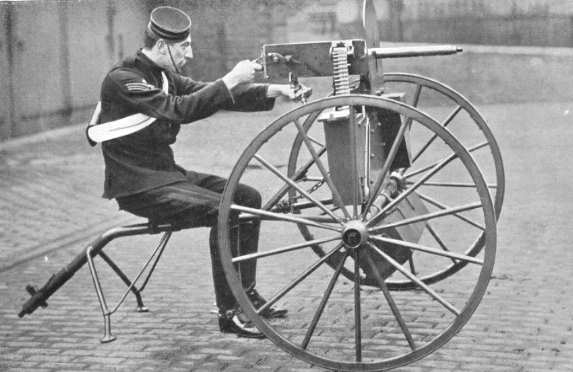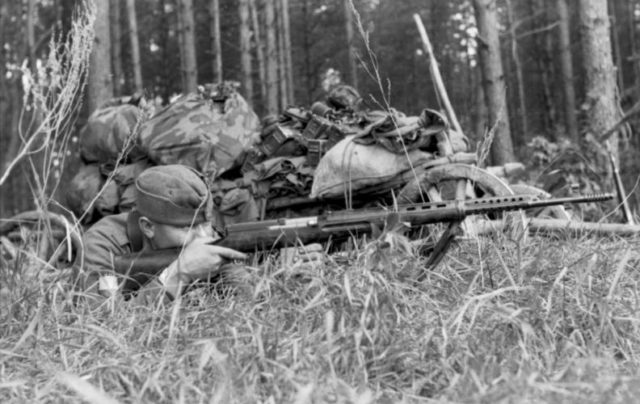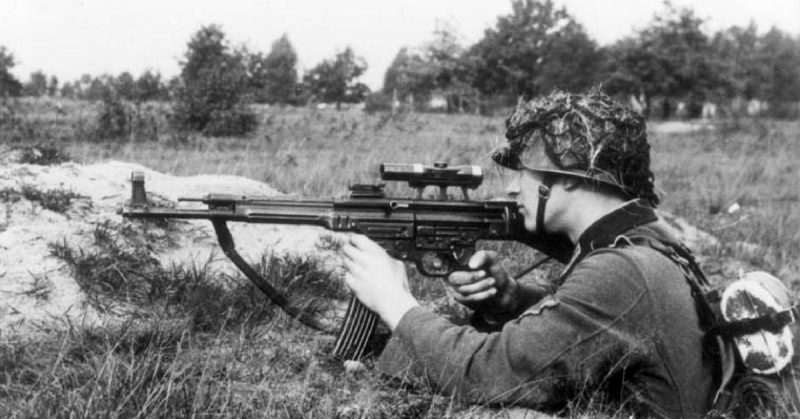Handguns have gone through many changes over the centuries. From simple gunpowder weapons to sophisticated modern firepower, they have repeatedly been transformed and improved.
Early Guns
First created in China around the 10th century, gunpowder reached Europe in the 13th century. In the 14th century, Europeans produced the first guns. Probably starting in Italy and Germany, the first hand-held weapons were primitive devices. For two centuries, the principal use of gunpowder was in artillery.
Then came the period which is known as the military revolution. During the 16th and 17th centuries, the relationship between nations, citizens, and military power changed. Gun technology had advanced enough that reliable, easy to use weapons could be produced in mass quantities. With them, increasingly centralized nation states equipped armies of growing size. The guns were not accurate individually but used en mass they could be terribly destructive.
A string of innovations followed. Better firing mechanisms, saw flintlocks replace matchlocks and bayonets meant Musketeers did not need to be protected by pikemen.
Handguns were by then the standard weapon of war.
The Innovative 19th Century
Following the fall of Napoleon in 1815, the great western powers lived in a state of relative peace although they still prepared for war. Combined with manufacturing developments and scientific leaps during the Industrial Revolution, it led to a period of incredible innovation in the design of handheld guns.
Rifling, though not a new technology, had not previously been used on a large scale. Improvements in its design and manufacture led to rifles for ordinary soldiers, not just an elite of skirmishers and snipers. They gave extra range and accuracy.
Breech-loading guns and fixed ammunition sped up the rate of fire. They also made the loading of weapons more straightforward, shifting the emphasis of training onto shooting rather than loading. They enabled soldiers to reload without standing up and turning themselves into targets.
Percussion firing, breech-blocking, bolt actions – these and many other inventions led to transformations in the possibilities of handguns.
The Birth of Modern Small Arms
The late 1860s and early 1870s saw the emergence of recognizable modern small arms.
One of the key developments was the creation of smokeless propellants. The first primitive examples were created in Germany in 1867 and 1871, but the first widely successful example was in France in 1884 by Vieille. Smokeless propellants freed soldiers from the clouds of smoke that had until then hung around firing lines. It improved sight on the battlefield and made it easier to shoot while staying concealed. Improved propellants were more powerful and less likely to clog barrels.
The other great innovation of the period was automation. Hiram Maxim led the way in creating semi-automatic rifles in the 1880s, allowing faster firing for infantrymen. At the same time, manufacturers across Europe were developing machine-guns. Those weapons were large and cumbersome but enabled gunners to unleash devastating hails of bullets. It was, for a time, the ultimate defensive weapon.

The First World War
In 1914, a long-feared war swept across Europe. WWI unleashed the latest generation of weapons used against an enemy on a massive scale for the first time. The results were not what anyone expected.
The commanders of the war expected their devastating new weapons would create a fast-moving, aggressive war. Instead, the opposite happened. The overwhelming firepower of machine-guns and artillery forced the armies into deeply dug defensive positions and rendered the previously vital cavalry near-useless.
With millions of men being conscripted into the war, the smooth and straightforward operation of weapons became necessary. Rifles, some new and some drawn out of storage, were placed in the hands of a generation of young men.
Heavy machine-guns continued to improve and dominated the Western Front, cutting down most assaults in their tracks. Both sides were intent on creating a war of movement, and in the final year of the war, the Germans achieved it. Central to their success was the light machine gun, a more portable automatic weapon that both sides had rushed to develop. The German innovation was in using the guns in massed attacks to make a breakthrough and speed toward an enemy’s vulnerable rear. It was a battle-winning tactic, but one that was too late to win the war.
Inter-War Developments
Three goals dominated handgun development in the inter-war years – lighter, shorter, and automatic. Everybody wanted weapons that could be used by fast-moving troops to lay down heavy fire in an attack, in imitation of the late-war German stormtroopers.
The results varied from nation to nation.
The Soviet Union emphasized rugged equipment that could be used by massed forces. The Tokarev SVT38 semi-automatic proved too flimsy and was replaced by the more robust SVT40 just as Russia was drawn into the war.
The British and Germans had ended WWI with reasonably effective and fast-firing weapons and focused on improving them. The result in Britain was the Lee-Enfield No.4 Mk I, which was accurate due to its heavy barrel and long sight.
The Americans focused on rapid fire, creating weapons such as the M1.

The Second World War
WWII infantry warfare involved skirmishing rather than the massed ranks of previous generations. Most infantry fighting occurred at relatively short range.
The white heat of war again saw change accelerate. The faster firing and lighter weapons developed during the inter-war years turned into the precursor of the modern assault rifle -the German StG44. It could be used in a single-shot mode for accurate fire at long range, the preferred way when defending a held position. When on the offensive, it could fire devastating bursts at close range.
The gun freed infantry from the need for support from heavy machine-guns. In Germany, demand for the new weapons constantly outstripped supply.
The Post-War World
Since WWII, assault rifles have become standard. Smaller caliber ammunition has allowed their users to carry more ammunition, for frequent close-range bursts at moving targets. Specialist weapons such as sniper rifles and machine pistols are at the extreme ends of a spectrum. Most troops carry guns capable of assault or long or short range use. Improvements in ballistics and bullet technology have provided greater stopping power.
This is a world of diverse handguns built on centuries of development.
Source:
Christopher Chant (1986), The New Encyclopedia of Handguns
